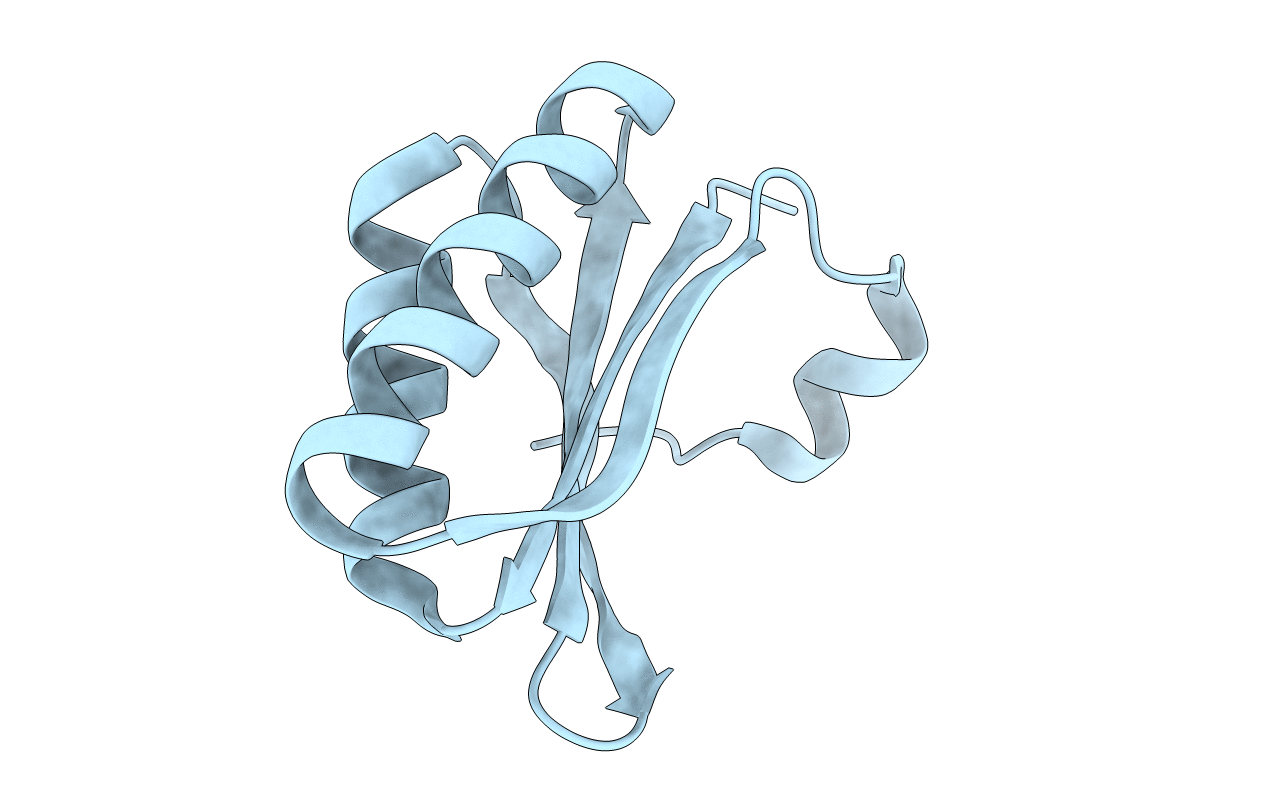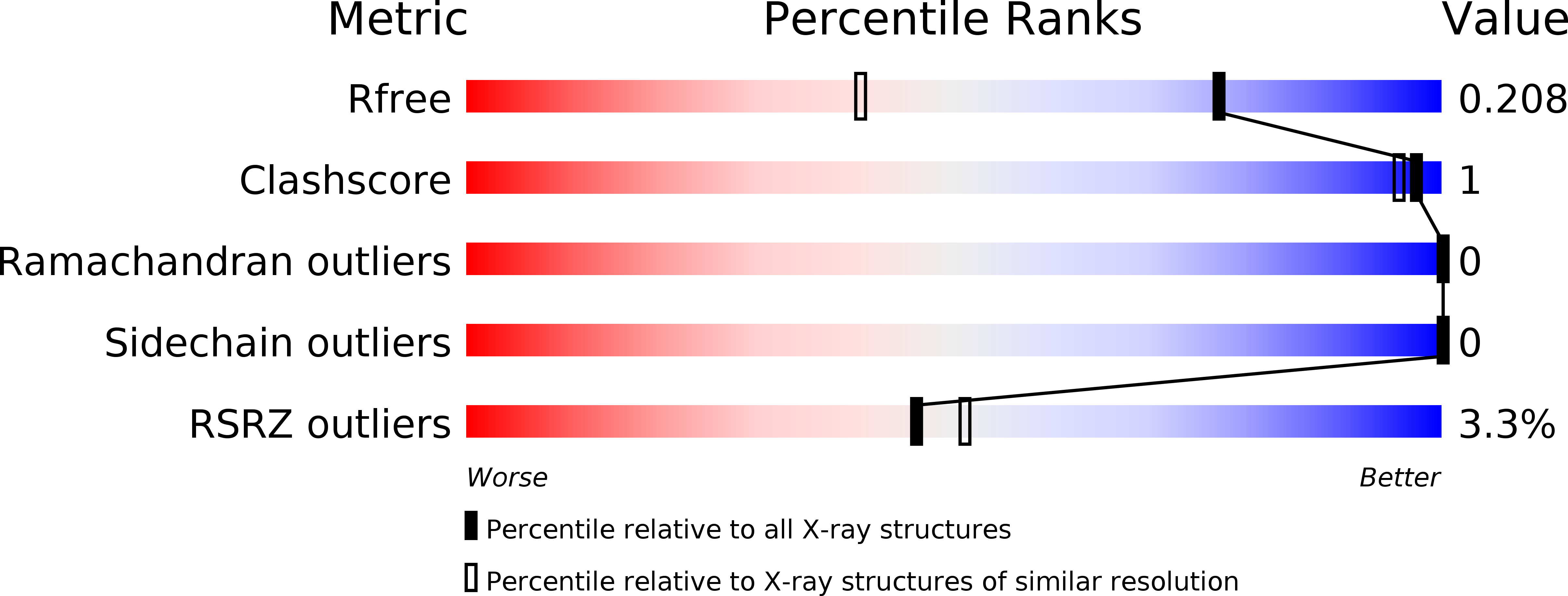
Deposition Date
2015-08-13
Release Date
2016-06-29
Last Version Date
2024-03-06
Entry Detail
PDB ID:
5D6V
Keywords:
Title:
PduJ K25A mutant, from Salmonella enterica serovar Typhimurium LT2, PduJ mutant
Biological Source:
Source Organism:
Salmonella typhimurium (Taxon ID: 99287)
Host Organism:
Method Details:
Experimental Method:
Resolution:
1.50 Å
R-Value Free:
0.21
R-Value Work:
0.19
R-Value Observed:
0.19
Space Group:
P 6


